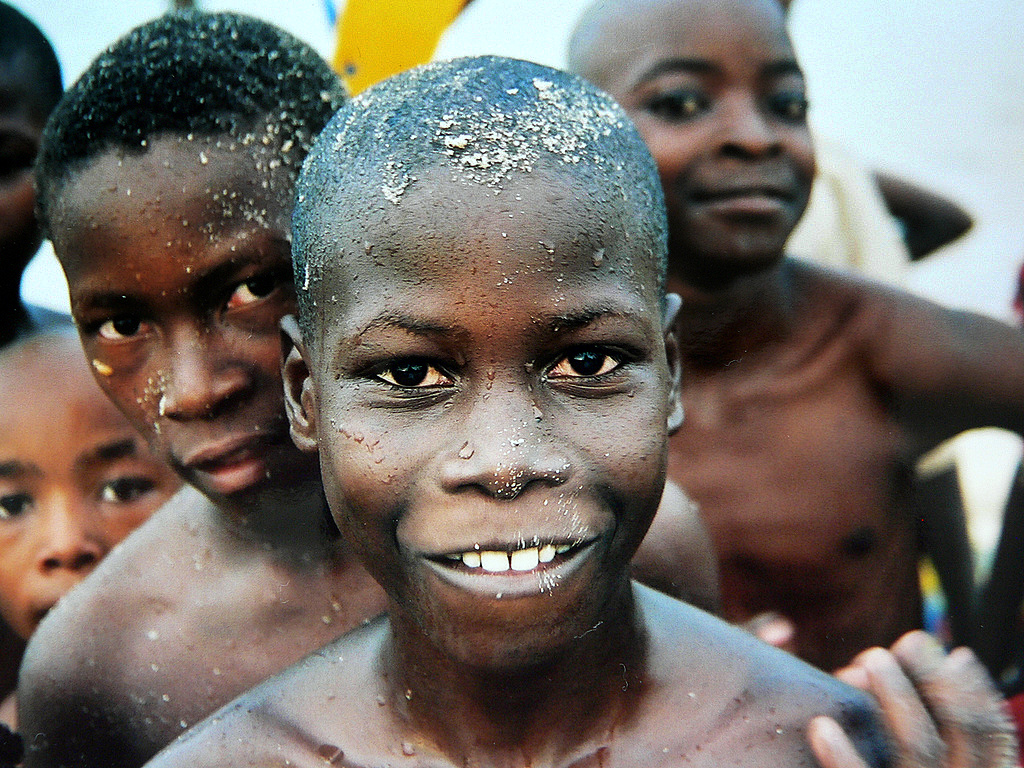In a recent announcement, Mozambique’s President reported that roughly 40% of the country’s 30 million residents are unable to read or write.
This statistic represents the national literacy rate, with distinct discrepancies between genders, locales, and rural versus urban populations.
Women have an illiteracy rate of 49.4%, which considerably outstrips men’s rate at 27.2%. This finding calls for a closer look into the reasons for this imbalance.
Furthermore, certain regions of Mozambique, namely the northern provinces of Niassa, Cabo Delgado, and Nampula, and the central provinces of Tete and Zambezia, report higher than average illiteracy rates.

The issue also predominantly affects rural areas, where illiteracy impacts 50.8% of inhabitants compared to 18% in urban areas.
This statistic suggests a need for addressing educational deficiencies in these regions to enhance literacy.
Moreover, an alarming trend has emerged with students requiring twice the usual time to finish elementary education.
The country’s graduate rate is below 30%, revealing systemic issues affecting educational progression.
As the President indicated, these delays in completion increase educational costs and affect teacher-student ratios negatively.
Further concern arises due to the disproportionate distribution of university students, with 42.4% of all higher education students based in the capital, Maputo, despite the existence of 56 higher education institutions nationwide.

